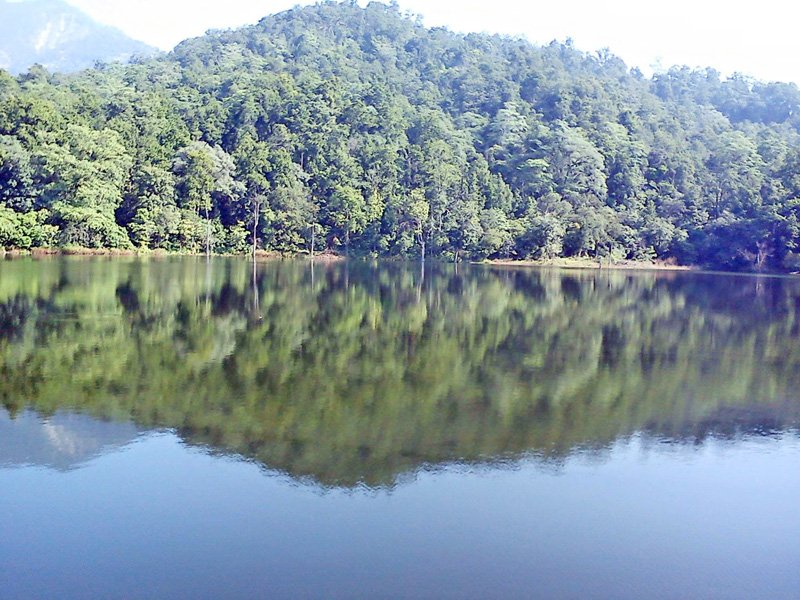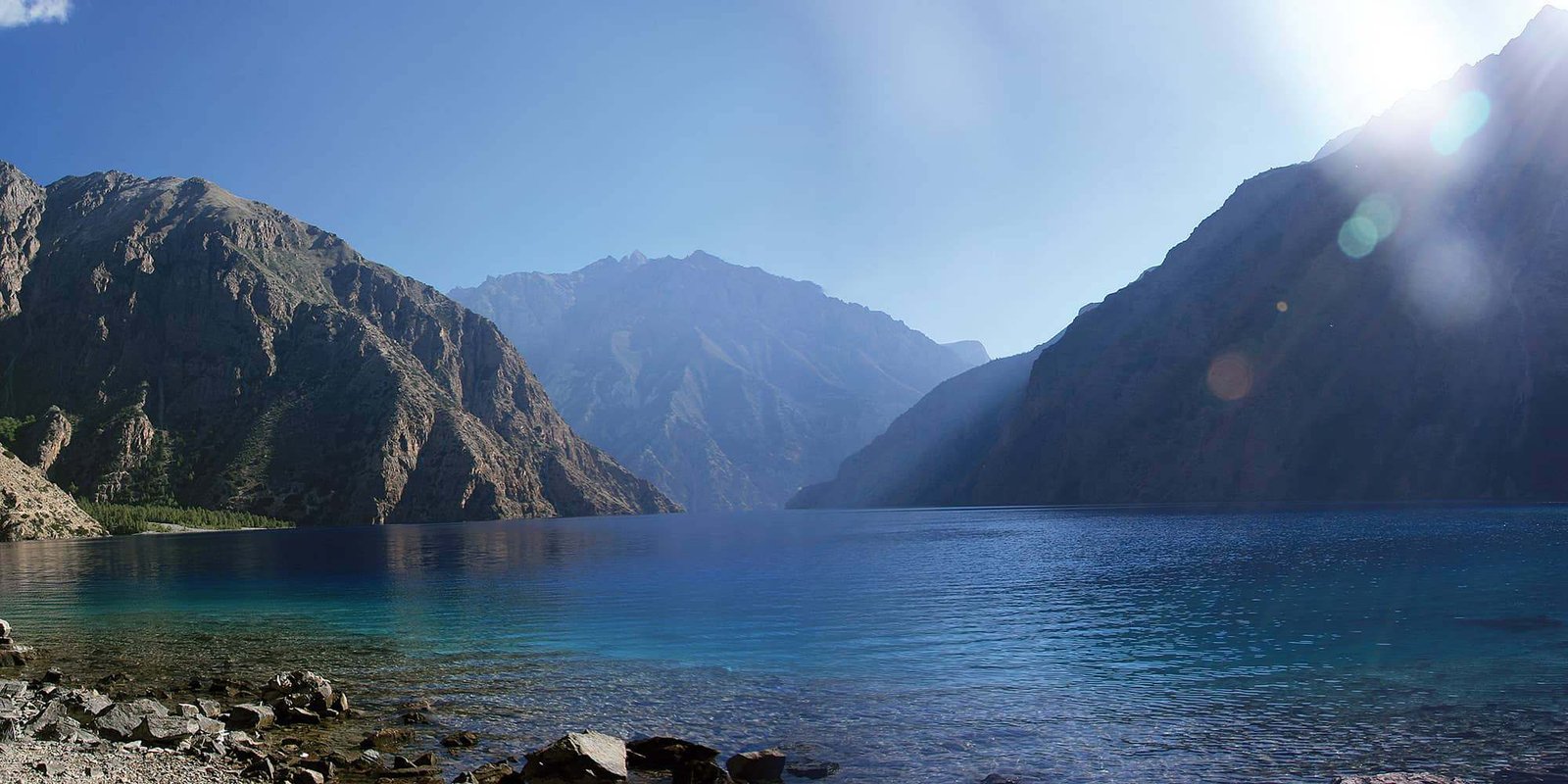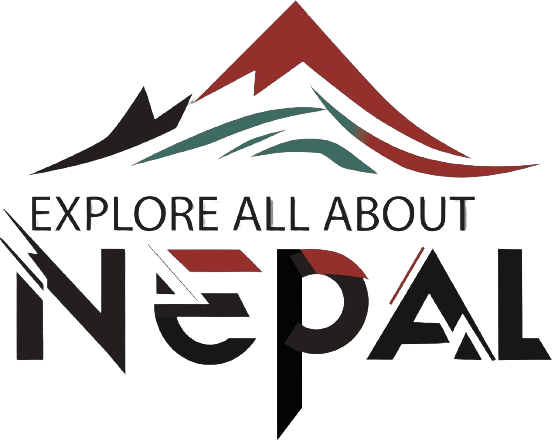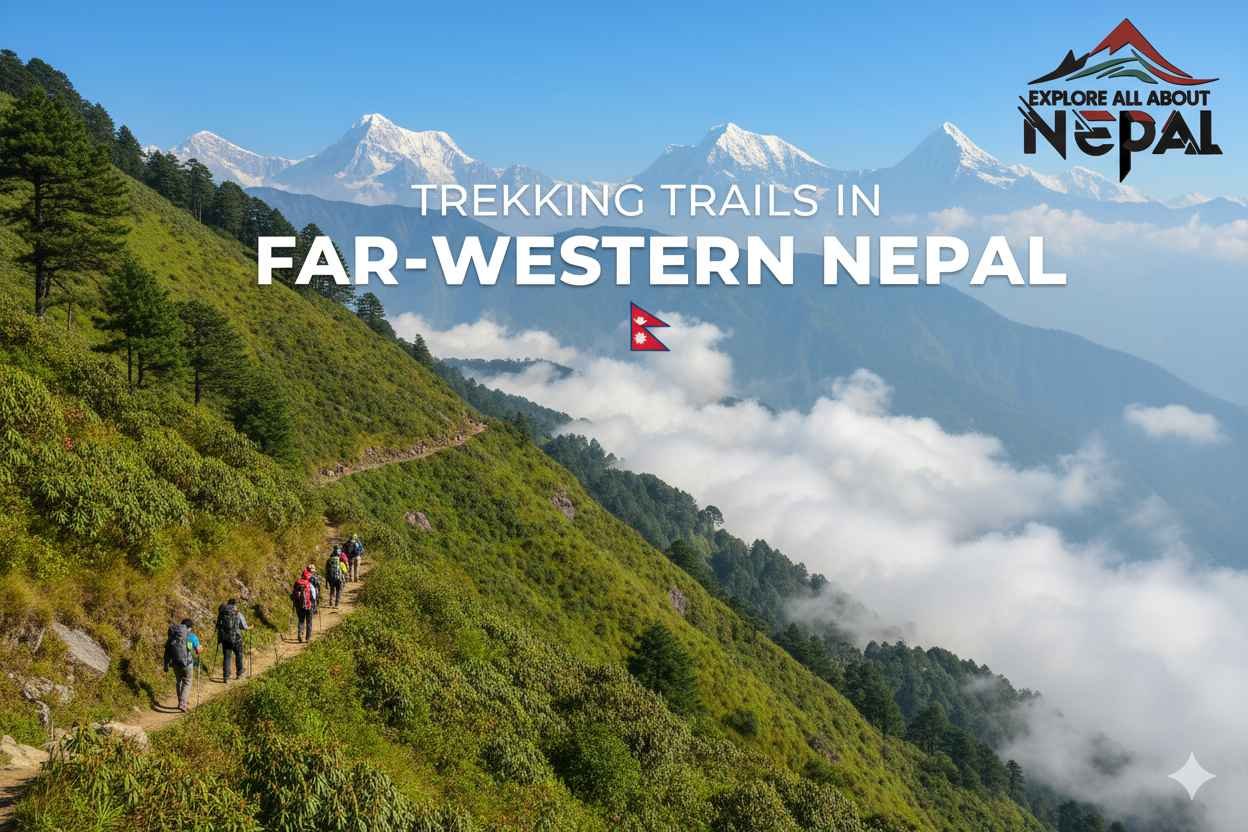
Bedkot Lake at Religious Tourist Site in Daiji of Kanchanpur district as captured on Tuesday, May 3, 2016. Photo: RSS
When most people think about trekking in Nepal, the iconic Everest Base Camp, Annapurna Circuit, and Langtang Valley usually come to mind. These trails are popular, accessible, and well-promoted, but they are far from the only options. Beyond the bustling routes of central Nepal lies a hidden treasure the Trekking Trails in Far-Western Nepal.
Regions like Humla, Dolpo, Mugu, Jumla, and Bajhang offer landscapes, cultures, and adventures untouched by mass tourism. Here you can experience serene lakes, sacred valleys, ancient monasteries, and authentic village life that feels centuries away from the modern world.
For beginners and adventure seekers alike, the Trekking Trails in Far-Western Nepal provide an opportunity to explore Nepal’s raw beauty while avoiding the crowds. This article offers a complete beginner’s guide to Humla and Dolpo, covering everything from routes and permits to costs, safety, and practical travel tips.
Why Choose Trekking Trails in Far-Western Nepal?
There are many reasons why adventurers should explore this region instead of sticking only to the famous trekking routes.
1. Untouched Natural Beauty
The landscapes in Far-Western Nepal are vast and diverse—ranging from alpine meadows and turquoise lakes to arid high deserts and snowy passes. Unlike Everest and Annapurna, where teahouses line the trails, these areas feel wild and pristine.
2. Cultural Richness
Far-Western Nepal is home to a unique blend of Tibetan Buddhism and the ancient Bon religion. Monasteries like Shey Gompa in Dolpo or the spiritual sites in Humla connect trekkers to centuries-old traditions. Villagers still follow agricultural and pastoral lifestyles, providing an authentic look at Himalayan culture.
3. Fewer Crowds
While thousands of trekkers head to Everest each year, only a handful venture into Humla or Dolpo. You may walk for days without meeting another foreign trekker, making it perfect for those seeking solitude.
4. Wildlife & Biodiversity
The region is home to snow leopards, Himalayan blue sheep, red pandas, and rare medicinal plants. National parks such as Rara National Park and Shey Phoksundo National Park protect much of this biodiversity.
For anyone craving authenticity, adventure, and cultural immersion, the Trekking Trails in Far-Western Nepal are unmatched.
Major Unexplored Trekking Trails in Far-Western Nepal
Here are some of the most spectacular routes beginners and experienced trekkers can explore:
1. Humla Limi Valley Trek
The Limi Valley is often described as one of Nepal’s last Himalayan Shangri-Las. Located in Humla, it shares deep cultural and trade ties with Tibet. The trail passes through remote stone villages, barley fields, and high passes with spectacular mountain views.
Highlights: Ancient Buddhist monasteries, authentic Tibetan lifestyle, views of Mount Kailash (from Nepal side).
Duration: 18–20 days.
Best for: Cultural immersion and remote landscapes.

Trekking Trails in Far-Western Nepal
2. Upper Dolpo & Shey Phoksundo Lake Trek
Dolpo was made famous by Peter Matthiessen’s book The Snow Leopard. The turquoise Shey Phoksundo Lake is the crown jewel of the region, surrounded by barren cliffs that look like another planet.
Highlights: Shey Phoksundo Lake, Shey Gompa monastery, Tibetan-style villages.
Duration: 18–22 days.
Best for: Spiritual adventure and mystical landscapes.
3. Rara Lake & Jumla Trek
Rara Lake is Nepal’s largest lake and one of the easiest options for beginners looking to explore Far-Western Nepal. The trek is relatively short and less demanding compared to Humla and Dolpo.
Highlights: Boating on Rara Lake, Rara National Park wildlife, lush pine forests.
Duration: 7–10 days.
Best for: Beginners seeking short but scenic treks.
4. Api Saipal Base Camp Trek
The twin peaks of Api and Saipal are among the least explored mountains in Nepal. Trekkers can experience untouched valleys, traditional villages, and panoramic Himalayan views.
Highlights: Views of Api, Saipal, and Nampa peaks.
Duration: 15–18 days.
Best for: Experienced trekkers who want a remote challenge.
5. Simikot to Mount Kailash Route
Simikot in Humla serves as the gateway for pilgrims heading to the sacred Mount Kailash in Tibet. Even if you don’t cross into Tibet, the trek itself offers rich culture and landscapes.
Highlights: Scenic flight to Simikot, border culture, connection to Mount Kailash.
Duration: 7–12 days.
Best for: Trekkers wanting a spiritual and cultural journey.
Permits and Costs
Most of the Trekking Trails in Far-Western Nepal fall under restricted zones, which means special permits are required.
Restricted Area Permit (RAP): Humla, Dolpo, and parts of Mugu require RAPs. Costs range from USD 50–70 per week depending on the area.
Shey Phoksundo National Park Fee: Around USD 30.
Rara National Park Fee: Around USD 20.
Independent trekking is not allowed here. You must trek with a licensed guide and often through an authorized trekking agency.
Estimated Costs
Budget trekkers: USD 2,000–2,500 (short treks like Rara).
Longer expeditions: USD 3,000–4,500 (Dolpo, Humla).
Best Time for Trekking Trails in Far-Western Nepal
Spring (March–May): Perfect weather, blooming rhododendrons, clear skies.
Autumn (September–November): Best overall season, stable weather, stunning mountain views.
Monsoon (June–August): Surprisingly good for Dolpo and Humla because they lie in a rain shadow.
Winter (December–February): Harsh and extremely cold, suitable only for experienced trekkers.
For beginners, spring and autumn are ideal for exploring the Trekking Trails in Far-Western Nepal.
How to Get There
Flights: Kathmandu → Nepalgunj → Simikot/Juphal/Jumla (depending on trek).
Road Access: Buses and jeeps from Kathmandu to Surkhet, Jumla, or Mugu. Roads are adventurous but time-consuming.
Trek Starting Points:
Rara: Jumla or Talcha airstrip.
Dolpo: Juphal airport.
Humla: Simikot airport.
Travelers should always allow buffer days because weather-related flight delays are common.
Accommodation and Food
Unlike the developed Everest and Annapurna trails, the Trekking Trails in Far-Western Nepal are less commercialized.
Teahouses: Available around Rara Lake and parts of Dolpo.
Camping: Essential for Humla, Limi Valley, and Api Saipal. Agencies provide tents, cooks, and porters.
Food: Simple meals like dal bhat, noodles, potatoes, tsampa, and locally grown vegetables. In camping treks, guides carry supplies.
Beginners should be prepared for basic facilities and embrace the rustic adventure.
Trekking Difficulty Level – A Beginner’s Guide
Easy–Moderate Treks: Rara Lake, Simikot cultural treks.
Moderate Treks: Lower Dolpo, Limi Valley.
Challenging Treks: Upper Dolpo, Api Saipal Base Camp.
If you are new to trekking, start with Rara Lake or Lower Dolpo. Once you gain confidence, explore more challenging routes like Humla or Upper Dolpo.
Safety, Guides, and Travel Tips
Guides & Porters: Mandatory in restricted areas and crucial for safety.
Altitude Awareness: Many trails exceed 4,500m. Go slow, acclimatize, and stay hydrated.
Packing Essentials: Warm clothing, sturdy boots, sleeping bag, trekking poles, water filter, snacks.
Insurance: Must include high-altitude coverage and helicopter rescue.
Communication: Limited mobile coverage; carry a satellite phone or ask your guide to arrange one.
Sample Itineraries for Beginners
Rara Lake Trek (9 Days)
Day 1: Flight to Jumla
Day 2–3: Trek through pine forests
Day 4–5: Reach Rara Lake, explore and rest
Day 6–7: Trek back to Jumla
Day 8: Return to Nepalgunj
Day 9: Flight to Kathmandu
Dolpo Trek (14 Days)
Day 1–2: Flight to Juphal, trek to Dunai
Day 3–6: Trek to Shey Phoksundo Lake
Day 7–8: Explore lake and nearby monasteries
Day 9–12: Trek back via different route
Day 13: Return to Juphal
Day 14: Fly back to Kathmandu
FAQs About Trekking Trails in Far-Western Nepal
1. Are the trails suitable for first-time trekkers?
Yes, especially Rara Lake and Simikot treks. Dolpo and Humla are more challenging but doable with preparation.
2. Do I need to join a group?
Solo independent trekking is not allowed. You need a registered guide or agency, but you can still trek privately.
3. Is it expensive compared to Everest Base Camp?
Yes, because camping gear, permits, and flights add costs. But the experience is far more unique.
4. Can I charge devices or get internet?
Charging is limited; carry a power bank or solar charger. Internet is scarce—expect digital detox.
5. How do I prepare physically?
Do regular hikes, cardio, and strength training for at least 2 months before trekking.
The Trekking Trails in Far-Western Nepal offer more than just a trek—they provide a true Himalayan adventure that combines nature, culture, and solitude. From the turquoise waters of Rara Lake to the mystical Dolpo valleys and the sacred routes of Humla, every step here feels like stepping back in time.
For beginners, Rara and Simikot treks are perfect introductions. For adventurers, Dolpo and Api Saipal provide unmatched challenges. Whatever your choice, trekking in Far-Western Nepal is not just a journey it’s an experience that stays with you for a lifetime.
So, if you’re ready to explore beyond the beaten path, pack your bags and set your sights on the hidden beauty of Humla and Dolpo. The Himalayas are waiting.


